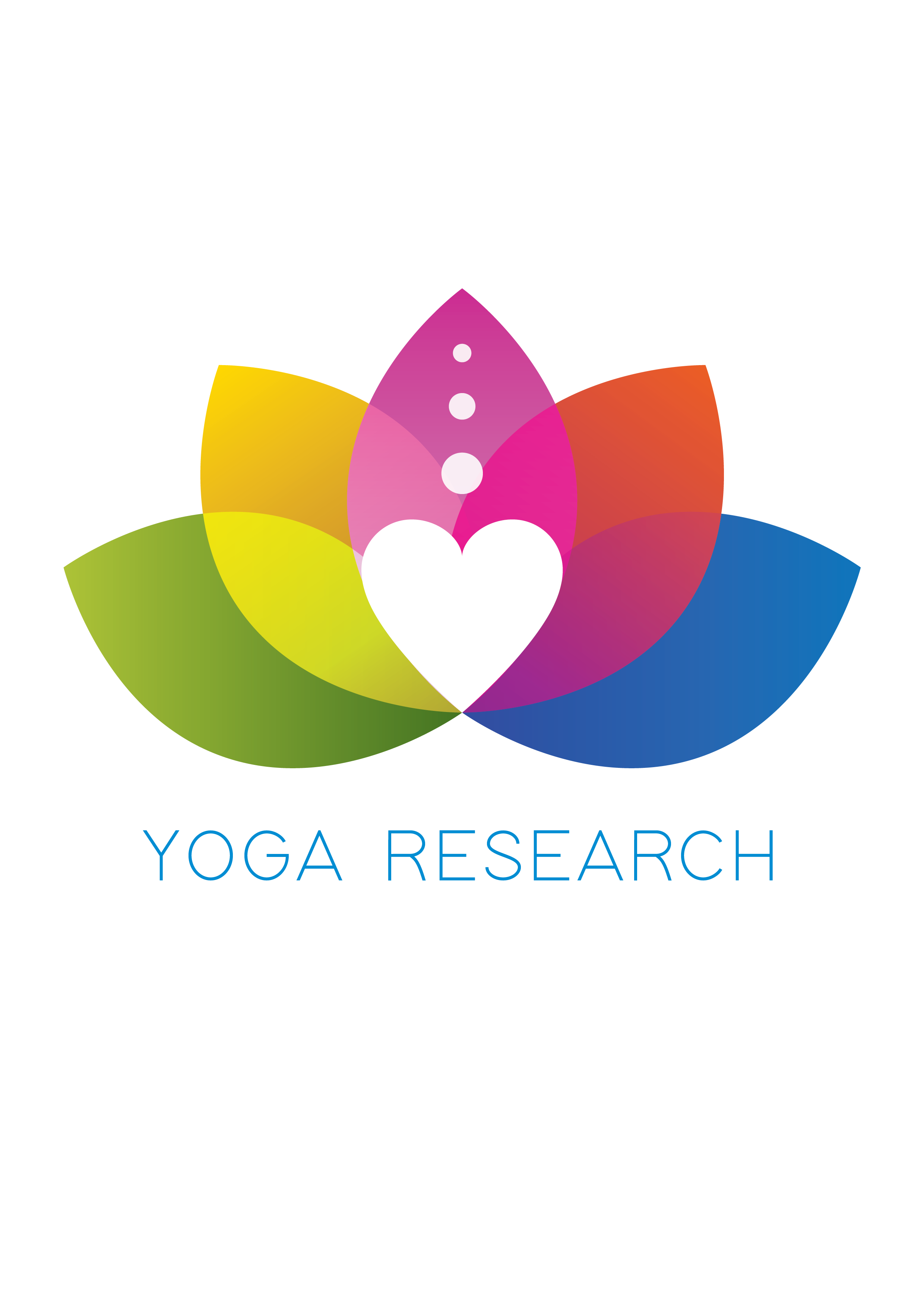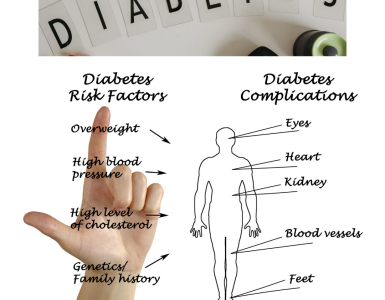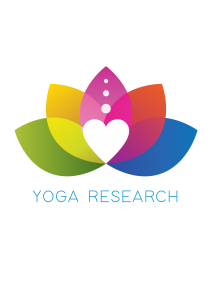The early identification of autism is now on the rise, and 1 in 69 children; educators and parents continue to face the various challenges and complexities of supporting kids with Autism Spectrum Disorder in the school, home, and community settings.
Some of the frequent challenges most children with autism face include difficulty with receptive and expressive communication, social/emotional challenges and sensory integration deficits. Yoga has recently become a main topic of interest for many researchers as supplemental support and an intervention for children who have ASD.
According to renowned Yoga Expert, Dr. Yogananth Andiappan, Yoga to children is not dependent on language skills or cognitive abilities, It offers children an opportunity to play and learn in an environment that embraces their uniqueness and supports their strengths,” The beauty of yoga is it can be adapted to people of all levels, ages, and stages.
Several studies show that yoga could be of considerable benefit to kids with ASD.
These top three benefits are as follows.
1. Better Social-Communication Skills
According to a study in the International Journal of Yoga Therapy, children showed a considerable improvement in their imitation skills. This study revealed that yoga can offer various benefits as an excellent tool to enhance imitation, social-communicative behaviors, and cognitive skills in children who have ASD[1].
In addition, many children also exhibited increased skills with respect to sitting tolerance, eye contact, receptive communication skills and non-verbal communication (Radhakrishna, S., 2010). Also, a kid’s ability to comprehend his or her own actions and emulate these actions is directly related to the effective development of a variety of social-communication skills.
So, when practicing various yoga poses, as well as breathing strategies, kids learn and mimic these poses or breathing techniques via imitating the behaviors and actions of adults. It can also support a kid’s ability to sustain and enhance joint attention, which could be a real challenge for kids with ASD. Visualization, repetition of vocabulary and guided imagery using visual images and aids could also greatly support development of vocabulary and language.
2. Reduced Anxiety
A lot of children who have autism experience a heightened level of anxiety. It can considerably affect their mood, sleep, behavior and overall health. Because of difficulty with communication, deficits in sensory integration and a number of other difficult challenges, kids with ASD are in a state of perpetual anxiety.
Specific breathing strategies could be taught to help kids with ASD and reduce anxiety and soothe their nervous systems. This is where yoga can help.[2] The practice of guided imagery, mindful breathing and specific poses that can calm their nervous systems can help these children develop coping and self-regulation skills, as well as more effective and measured responses to stress, both physically and emotionally. This can lead to a better mood, sleep, digestion, behavior and overall well-being.
3. Positive Sense of Self
The frequent practice of yoga could also help children with autism develop self-esteem and self-confidence. In this regard, standing poses and balancing poses are especially exciting, fun and powerful poses for kids with autism to practice.
So, whether it is a balancing, standing or seated pose, you can modify any pose to support the specific ability of a child to build up the self-esteem and self-confidence of the child and help them feel successful.[3]
4. Sensory Integration
Kids with autism spectrum disorder often suffer due to an extremely sensitive nervous system; this is why they are easily and quickly overstimulated by new textures, bright lights, loud noises, strong smell, and tastes.
It is where Yoga can help with its natural setting of soft music, dim lights, smooth mats, as well as “inside” voices that help create a comforting and relaxing environment mainly protected from aggressive or unknown stimuli where calming down usually becomes enjoyable and fun[4].
The physical poses in yoga allow kids to release their nervous energy from their body in a well-controlled manner, which can also lead to a serene and calming sensation. Also, less stimulation translates to fewer outbursts, uncontrollable behavior as well as repetitive nervous movements.
[1] https://www.ncbi.nlm.nih.gov/pmc/articles/PMC2952122/
[2] https://www.sciencedirect.com/science/article/pii/S1877042810014606
[3] http://bentonlearning.org/wp-content/uploads/2012/11/GRTL_articleajot2012.pdf
[4] http://otizmveyoga.com/wp-content/uploads/2017/08/Yoga-Research-Integrated-Movement-Therapy.pdf
















Add comment